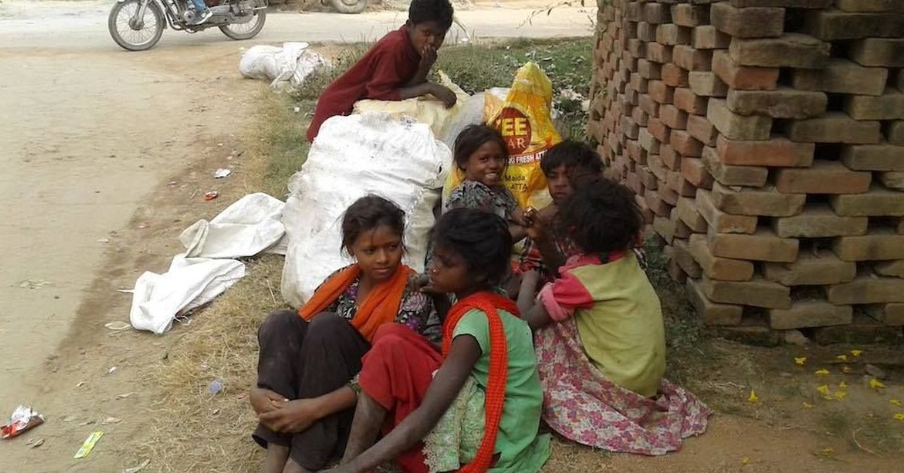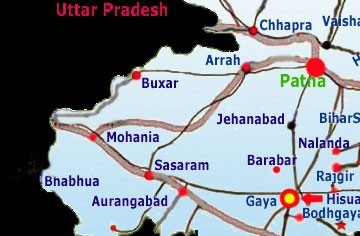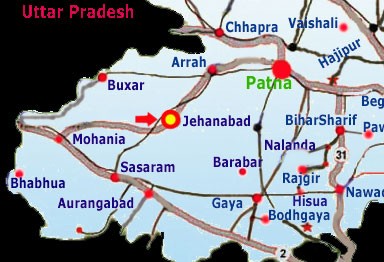Source: newsclick.in
Sanjay Manjhi, a poor dalit man in his late 40s, and his family, have been facing social boycott for converting to Christianity. Manjhi is a resident of Shahpur village in Gaya district of Bihar and is facing boycott by the Musahar community to which he belongs.
Manjhi said that he and his family members were being targeted after they converted to Christianity. He alleged that the villagers who targeted them were instigated by local Vishva Hindu Parishad (VHP) and Bajrang Dal activists from the neighbouring villages. “We patiently tolerated their attacks initially. They taunted us, harassed and even abused us for converting to Christianity. However, there were no problems until 10 days ago, as till then we had neither reacted nor protested,” he said.
Manjhi said last week he was forced to approach the police and file a complaint against the collective social boycott by villagers following a diktat from his own community panchayat. “Some people from my Musahar caste had managed to pass an order for our social boycott. Following the order, we were stopped from using the community well and the handpumps for water, and later some youths from the village disrupted our electricity supply. All of these were done on the behalf of some activists of VHP and Bajrang Dal to put pressure on us to re-convert,” he sid.
The Gaya district police was forced to rush to the village after Manjhi lodged a police complaint against over half a dozen villagers for alleged social boycott, harassment and threatening them.
Manjhi, a landless labourer like most Musahars in Shahpur village under Barachatti police station in Gaya ,told Newsclick that he and his family were singled out for converting to a different religion. “We Musahars are dalits who follow social and religious rituals similar to tribals. My family and I voluntarily converted to Christianity. What is the big deal about it, and why are some Hindutva organisations trying to threaten us? We were Hindus only by birth, we had been treated as untouchables all our lives and hardly enjoyed any respect or dignity.”
Backing him, Ranjeev Bhuiya, a local water-rights activist, said Manjhi’s family was barred from using water from the well and handpumps, adding that this was an attempt to put pressure on them at a time when the drought-hit Barachatti block in Gaya was facing its worst water scarcity.
Manjhi and Bhuiya belong to the dalit Musahar community, one of the most marginalised sections of society for centuries. They live with their families in thatched houses, built on gair-majarua (government-unclaimed) land because neither they, nor their fathers or grandfathers, owned any land. For generations, they have been earning their livelihood as landless agriculture labourers.
Manoj Kumar Singh, Station House Officer in charge of Barachatti police station, said Manjhi and his family were targeted after they refused to give donation (chanda) for a Musahar tribal puja, saying they had converted to Christianity. “This angered some villagers, who had ordered social boycott. After intervention from the police, the issue has been solved”.
Singh also denied the accusation of involvement of Bajrang Dal or VHP in the matter. “We have no information about it so far,” he added.
Kamlesh Manjhi, a local villager associated with Bajrang Dal, said the decision to boycott Sanjay Manjhi’s family was taken unanimously by the villagers. After police intervention, villagers have now decided to allow them to use the water sources but would stick to their social boycott.
Sanjay Manjhi said he had informed police officials that Bajrang Dal activists had threatened him and his family to reconvert to Hinduism if they wanted to live in the village.
A local police officer told Newsclick on the condition of anonymity that some members of Bajrang Dal, VHP, and others religious groups have been visiting the village and putting pressure on Musahar villagers to ensure that Sanjay Manjhi’s family reconverts soon. He said, “This village of Musahars has become an important focus for Hindutva outfits in recent days, thanks to Sanjay Manjhi’s conversion to Christianity”.
Gaya Senior Superintendent of Police Rajiv Mishra said he had asked local police station officials to regularly visit the village and reach out to Sanjay Manjhi. “We will not allow anyone to put pressure on him and his family to reconvert,” he added.


